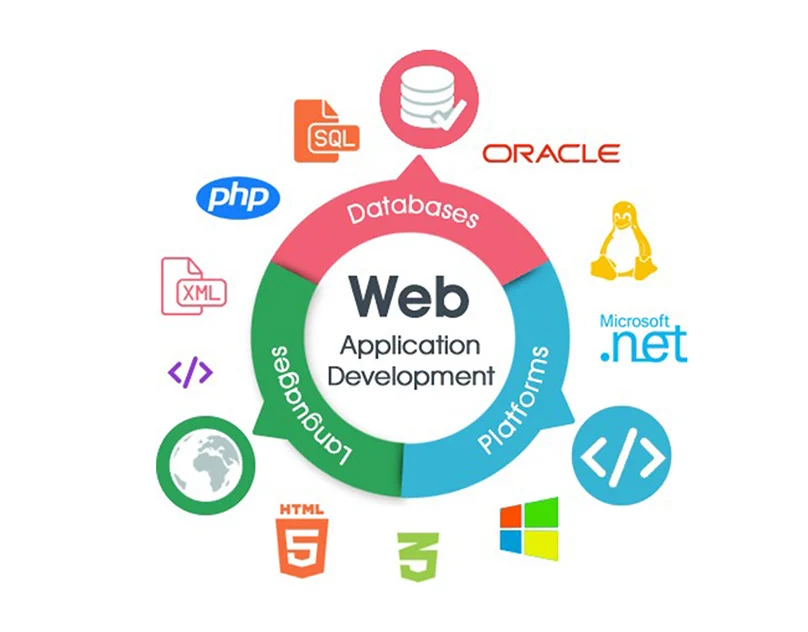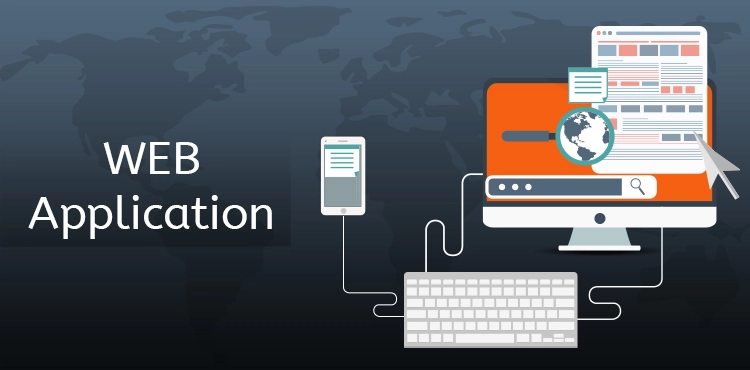Web application development is a key factor in determining how we interact with the internet in the digital age. Web applications can be found on everything from social media sites to e-commerce websites in today's globally connected environment. We will examine the nuances of web application development in this extensive guide, covering everything from the methodology, tools, examples, and best practices, to its definition and significance.
What is Web Application Development?
The process of developing dynamic, interactive software that can be accessed using web browsers is known as web application development. Web applications, as opposed to standard websites, provide users with greater capability and engagement, enabling them to carry out operations, access databases, and alter data in real time. Project management software, email clients, and online banking are a few types of web apps.
Importance of Web Application Development:

In today's digital world, the significance of web application development cannot be emphasized. The need for complex web apps keeps growing as companies and organizations work to give their users a flawless online experience. Web apps provide several advantages for both enterprises and end users, ranging from increasing market reach and boosting revenue growth to enhancing customer engagement and optimizing corporate operations.
Web Application Development Process
Planning, design, development, testing, deployment, and maintenance are the usual stages of the web application development process. For a high-quality web application that satisfies user demands and expectations, each phase necessitates meticulous planning, teamwork, and attention to detail.
Web App Development Example
Let's use the example of creating an e-commerce platform to demonstrate the web application development process. The first step for the development team is to compile the client's specifications, which include the desired features, target audience, and financial limitations. After that, they design the user interface, produce wireframes and prototypes, and work on developing the backend features, which include payment processing and inventory management.
Programming Languages for Web App Development
Web application development frequently uses HTML, CSS, JavaScript, Python, PHP, and Ruby, among other computer languages. Every language has advantages and disadvantages, and the selection of a language is influenced by several variables, including the demands of the project, the experience of the developer, and performance issues.
Web App Development Frameworks
Web application development frameworks are another tool that developers frequently use in addition to programming languages to improve efficiency and speed up the development process. Angular, Vue.js, Django, Flask, Laravel, and Ruby on Rails are a few popular frameworks. These frameworks offer pre-made parts, tools, and libraries that make it easier to create scalable, reliable online applications.
Best Practices for Web App Development
Throughout the development lifecycle, adhering to best practices is crucial to the success of a web application development project. This entails following coding guidelines, carrying out exhaustive testing, enhancing efficiency, putting security measures in place, and offering continuing maintenance and assistance.
Conclusion
The process of developing a web application is dynamic and complex, requiring careful design, expert execution, and ongoing refinement. Businesses may design creative, user-friendly web applications that promote success and help them accomplish their objectives by realizing the value of web application development and adhering to best practices.

